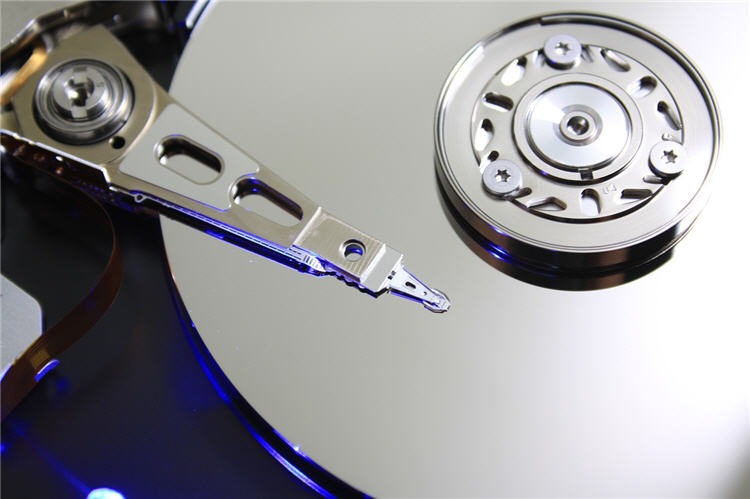
Whether you backup copies of work-related documents, family photos, or something as important, the cloud is your friend. And making backups is what you should be doing. After all, you never know when a disaster like ransomware infection, device theft or loss, or hardware failure may strike.
Some would even say that no files should stay on your device unless they are backed up. But there’s no need to go to such extremes. What’s important, though – at the very least – to make backup copies of your most crucial files.
But before explaining how you can back up your files to the cloud, here’s a couple of words about how to choose the best provider.
Page Contents
How to choose your cloud storage provider
There is no straightforward answer, as you should always choose based on your needs. For instance, iCloud and Google Photos are more than solid choices if you need the cloud for storing photos (and browsing through them if need be).
While iCloud isn’t free, the cost is only one dollar a month. In exchange, you get to pull your photos across all the devices you own. That’s a small price to pay for such convenience. Google Photos costs about a dollar more, but the high-resolution storage you get more than makes up for it.
For your data-centric storage needs, a NAS box should do the trick. Dropbox is another excellent and versatile option that will help you sync your files across a myriad of devices. The free account can hold up to 2GB of data. Google Drive is another popular option that comes with 15GB of storage. It’s free, and most people have a Google account anyway. Thus, let’s talk about how to use Google Drive to back up your data. Similar steps apply to most cloud storage providers.
How to back up your files to Google Drive
Using the sync folder that appears on your computer upon installation is by far the easiest way to do it. It’s 100% automated. You only need to know how to copy and paste a file, and you’re good to go.
Anything you upload to your local Google Drive folder syncs to the cloud 24/7. You can change a file inside the folder or upload a new one. You will find the updated data online as soon as the sync is complete. And for that, you only need an internet connection.
You can download Google Drive to your devices. And use it to back up and access files from anywhere. But be careful and don’t delete any files by accident. As soon as you do so on one device, Google removes the file on the devices associated with the same account. For some time, you can still find them in the Trash folder.
You can also back up your files manually
Google Drive backup and sync is a manual option that allows you to back up specific files and folders to the cloud without placing them in the sync folder. When you’ve installed the tool, you’ll see an option in your taskbar called ‘backup and sync’. You can right-click when you want to use it. Then, you’ll be able to select the device as well as the files you want to backup.
Backup and sync feature also has extra options, such as the exclusion of certain file types. Moreover, you can upload photos in their original quality or downscale them, so the file sizes remain small and manageable.
Most cloud backup tools rely on automated backups
Once you get familiar with one cloud backup system, it will be easy to use the other ones. While Google Drive does not support scheduled backups, some of the alternative providers do. This option might come in handy if you handle large chunks of data and don’t want them to be synced all the time to preserve resources.
While you’re at it, don’t forget to apply some form of file encryption across your files. There are plenty of encryption solutions available, for example, NordLocker. Encryption comes to the rescue if someone gets a hold of your login credentials. They would access the cloud but wouldn’t be able to read the encrypted documents. The same goes for network eavesdroppers. If your internet connection is not secure, someone may monitor the sites you access and the files you upload. But getting their hands on your encrypted data during sync wouldn’t do them any good.
Conclusion
Making regular backups to the cloud is essential. It ensures that you won’t lose your files if something happens to their local copy. Cloud also enables access to your data all the time, and from any device. Once you’ve gotten to the point of being familiar with how it all works, automated syncing becomes a breeze. You will never have to worry about making manual backup copies again.
